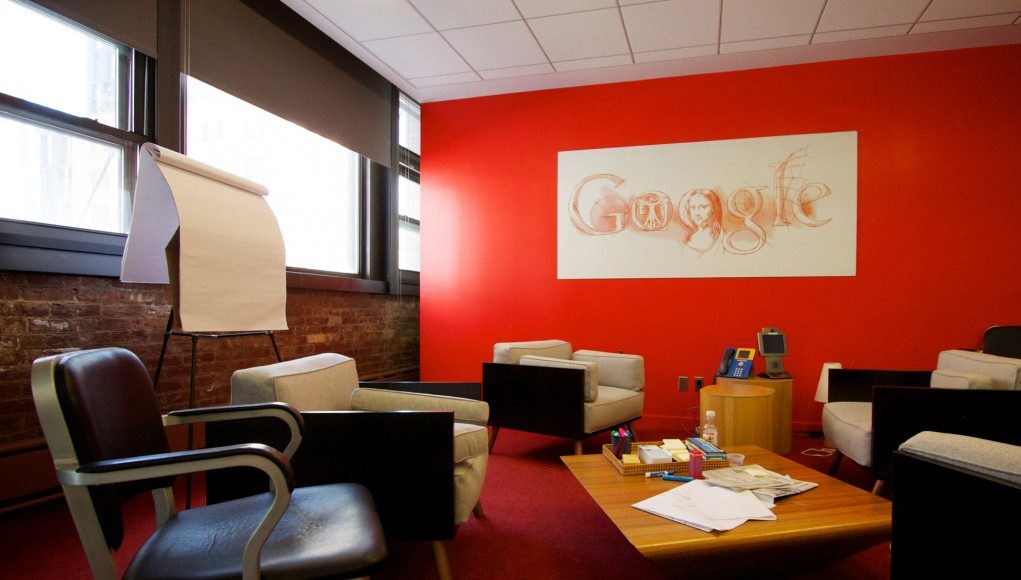While it was exciting last year to see Google post some five full time job listings for virtual reality projects, eight additional full-time job listings from the company shows how fast they’re growing their VR team.
Earlier this month Clay Bavor, Vice President of Product Management at Google, told me that the company’s VR team is “bigger than you might expect,” and it looks like it will get bigger yet.
See Also: “We’re working on things not made out of cardboard,” Google says as I/O 2015 Looms
In addition to last year’s job listings and recent acquisitions, Google has just posted eight new full-time positions to work on various VR projects for the company, including a 3D VR camera and custom optics for VR headsets.
Below are the new VR job openings from Google which give a sense of the many directions the company is exploring in this blossoming industry:
Software Engineer, Virtual Reality Media
- Lead development efforts on a Linux-based media and audio architecture.
- Coordinate DRM requirements and manage audit preparations.
- Lead and inform coordinated media efforts across the VR platform.
- Lead spatialized audio system development for VR.
Virtual Reality Software Engineer, Networking
- Develop network and pairing solutions over Wi-Fi and Bluetooth.
- Optimize network latency and bandwidth usage.
- Develop Android and Linux user-space libraries for various networking activities.
Image Tuning and Quality Evaluation Engineer, (Cardboard and Virtual Reality)
You will own the image quality aspect of the project, improve the final output quality, and build the image quality testing environment to perform quality tests in lab environments and natural setting. You will organize shootouts with prototypes and perform quality evaluations. You have familiarity with 3D, stereo, and high FOV lenses.
Software Engineer in Test, Cardboard
- Organize the build/release/testing process of Cardboard and VR apps.
- Build test frameworks to ensure VR apps run well across multiple platforms.
- Instrument VR apps to measure performance, frame-rate and latency.
- Identify performance regressions in OpenGL code.
- Support and improve our tools for continuous integration, automated testing and release management.
- Manage release branches.
- Push new releases to production (server-side).
- Maintain the build process to support ongoing R&D.
- Build workflows for testing and deployment of our cross-platform libraries and apps for Android/iOS/Desktop.
Optical Design Engineer (Cardboard and Virtual Reality)
You are a hands-on optical engineer able to work on lens designs to implement near-to-eye display viewing optics. Activities include rapid development of prototypes, samples, iteration on the design with testing and user feedback, and exploring novel lens designs.
- Drive the design of novel optical designs and oversea prototype development and production hand-off.
- Modify tools of advising the development of new optical design software.
- Oversee the development of lens testing, production and factory qualification.
- Drive new technology development with both internal engineering and external vendors to push on new processes and designs, enabling new optical configurations.
Hardware Engineer, VR Camera Systems
As a Hardware Engineer for VR Camera Systems, you develop camera systems that capture experiences for our virtual reality platforms. Specifically, you develop opto-electro-mechanical system concepts in conjunction with various Architecture leads before reducing them to schematics. Then, you see those schematics turned into finished boards and are responsible for the initial bring up of the hardware with the help of embedded Software Engineers. You are a contributing member of a cross-functional team.
Software Engineer, Virtual Reality Camera Systems
We are building novel camera systems to capture stereo panoramic video. These camera systems will allow content producers to create amazing virtual reality experiences. These systems are complex instruments that capture massive numbers of pixels at high frame rates. Highly parallel hardware pipelines are necessary to process and reduce the data to a manageable rate. Sophisticated storage architectures are required to record the video locally and transfer it to the cloud. The challenges are such that we will need to develop much of the camera from scratch, from the lens to the focal plane to the image signal processing pipeline to the novel computer vision algorithm to the storage storage backend. If you are up to the challenge, join us and make it happen!
As a Software Engineer with deep knowledge of computer architecture, computer networking and storage systems, you will help us build our video store for our next-generation camera systems for VR. You’ll work in a multidisciplinary environment with direct access to our electrical, mechanical, firmware and software engineers.
Lead photo courtesy Marcin Wichary (CC BY 2.0)







